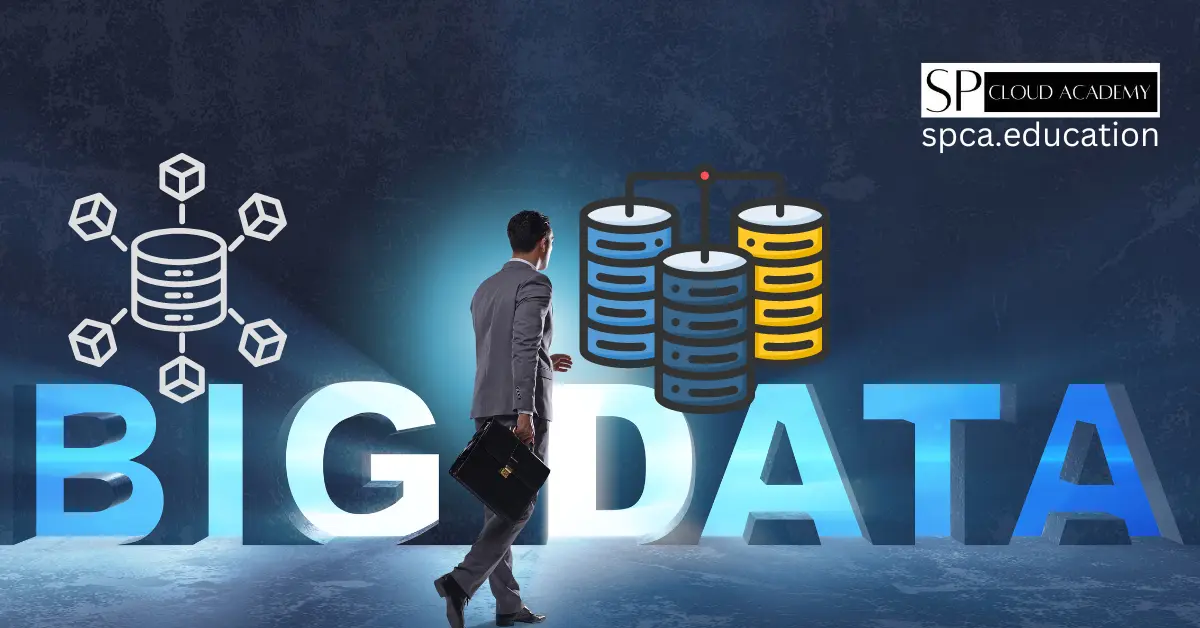In today’s digital world, the amount of data being generated is growing at an unprecedented rate. This vast amount of data, known as Big Data, has the potential to revolutionize the way businesses operate and make informed decisions. But what exactly is Big Data?
Understanding the concept of Big Data
Big Data refers to extremely large and complex datasets that cannot be easily managed and analyzed using traditional data processing methods. It encompasses both structured and unstructured data from various sources, such as social media platforms, sensors, machines, and more. The key characteristics of Big Data are often summarized using the three V’s: Volume, Velocity, and Variety.
The three V’s of Big Data – Volume, Velocity, and Variety
Volume refers to the enormous scale of data being generated, with organizations dealing with terabytes or even petabytes of data. Velocity relates to the speed at which data is being produced and the need for real-time or near real-time analysis. Lastly, Variety represents the different types of data, including text, images, audio, video, and more, that need to be processed and analyzed.
How Big Data is collected and stored
To collect and store Big Data, organizations utilize a variety of technologies and techniques. Data can be obtained through sources such as social media platforms, websites, mobile apps, and IoT devices. Traditional databases are often unable to handle the sheer volume and complexity of Big Data, leading to the adoption of alternative storage solutions such as distributed file systems and NoSQL databases.
The role of analytics in extracting value from Big Data
The true value of Big Data lies in the insights and knowledge that can be derived from it. Analytics plays a crucial role in extracting meaningful information from Big Data. By utilizing advanced analytical techniques, such as machine learning and artificial intelligence, organizations can uncover patterns, trends, and correlations that were previously hidden. These insights can then be used to drive business decisions, improve operations, and enhance customer experiences.
Applications of Big Data in various industries
The applications of Big Data are vast and span across numerous industries. In healthcare, Big Data is used to analyze patient records, identify disease patterns, and improve treatment outcomes. In finance, it helps detect fraudulent activities, predict market trends, and optimize trading strategies. Retailers leverage Big Data to personalize marketing campaigns, optimize inventory management, and improve customer satisfaction. These are just a few examples of how Big Data is transforming industries and revolutionizing business practices.
Challenges and considerations in working with Big Data
While Big Data offers immense potential, it also comes with its fair share of challenges. One of the major hurdles is the ability to effectively store and process such large volumes of data. Additionally, ensuring data quality and security is crucial, as inaccuracies or breaches can have severe consequences. Organizations must also address privacy concerns and comply with regulations to build trust among customers and stakeholders. Lastly, the shortage of skilled data professionals poses a challenge in effectively harnessing the power of Big Data.
The future of Big Data and its impact on businesses
As technology continues to advance, the importance of Big Data will only grow. With the emergence of edge computing, the Internet of Things (IoT), and 5G networks, the volume, velocity, and variety of data will skyrocket. This will provide businesses with even more opportunities to gain valuable insights and stay ahead of the competition. However, the future of Big Data also raises questions about ethics, privacy, and data governance. Organizations must adapt to these challenges and embrace a data-driven culture to thrive in the era of Big Data.
Tools and technologies for handling Big Data
To effectively handle Big Data, organizations rely on a range of tools and technologies. Apache Hadoop, an open-source framework, is widely used for distributed storage and processing of large datasets. Apache Spark, another popular open-source platform, provides fast and scalable data processing capabilities. Additionally, cloud-based solutions, such as Amazon Web Services (AWS) and Google Cloud Platform (GCP), offer scalable and cost-effective storage and analytics options. These tools, along with many others, empower organizations to harness the power of Big Data and turn it into actionable insights.
Conclusion
Big Data has become an integral part of modern business operations, enabling organizations to make data-driven decisions and gain a competitive edge. By understanding the concept of Big Data, its three V’s, and its applications in various industries, businesses can unlock its immense potential. However, working with Big Data comes with challenges that must be addressed, such as data storage, security, and talent shortage. As technology continues to evolve, so will the impact and opportunities presented by Big Data. Embracing this data-driven future is key to staying ahead in a rapidly changing landscape.
See Also
Data Science: https://spca.education/category/data-science/


